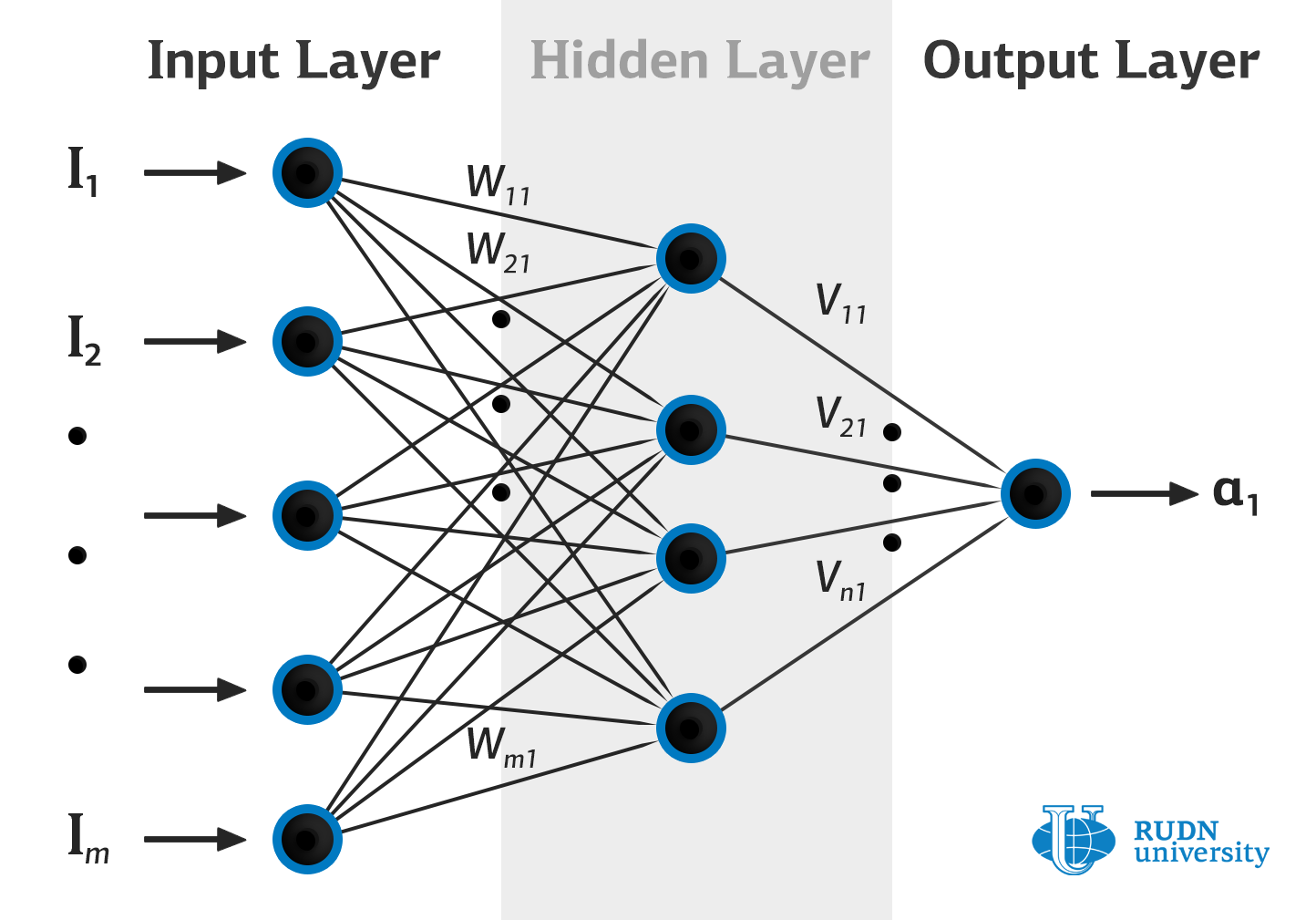Mathematicians from RUDN University and the Free University of Berlin proposed a new way of using neural networks for working with noisy high-dimensional data

The restoration of the probability distribution of observed data by artificial neural networks is the most important part of machine learning. The probability distribution not only allows us to predict the behaviour of the system under study, but also to quantify the uncertainty with which forecasts are made. The main difficulty is that, as a rule, only the data are observed, but their exact probability distributions are not available. To solve this problem, Bayesian and other similar approximate methods are used. But their use increases the complexity of a neural network and therefore makes its training more complicated.
RUDN University and the Free University of Berlin mathematicians used deterministic weights in neural networks, which would help overcome the limitations of Bayesian methods. They developed a formula that allows one to correctly estimate the variance of the distribution of observed data. The proposed model was tested on different data: synthetic and real; on data containing outliers and on data from which the outliers were removed. The new method allows restoration of probability distributions with accuracy previously unachievable.
The mathematicians of RUDN University and the Free University of Berlin used deterministic weights for neural networks and used the networks outputs to encode the distribution of latent variables for the desired marginal distribution. An analysis of the training dynamics of such networks allowed them to obtain a formula that correctly estimates the variance of observed data, despite the presence of outliers in the data. The proposed model was tested on different data: synthetic and real. The new method allows restoring probability distributions with higher accuracy compared with other modern methods. Accuracy was assessed using the AUC method (area under the curve is the area under the graph that allows making assessment of the mean square error of the predictions depending on the sample size estimated by the network as “reliable”; the higher the AUC score, the better the predictions).
The article was published in the journal Artificial Intelligence.
Matilda Pavlovna Mityaeva was born in 1925. In November 1942, she volunteered for frontline duty. She participated in the Great Patriotic War from November 1942 to June 1945 as part of the 53rd Infantry Division of the 475th Infantry Regiment. She was wounded twice.
The team led by Sergey Zyryanov, Head of the Department of General and Clinical Pharmacology, became the winner of the All-Russian competition of scientific projects "Technologies for Human Health".
RUDN University constantly adapts to the changes of the modern world and responds to challenges flexibly. This allows us to keep the standard of a world-class research university. The sphere of science is no exception. Peter Dokukin, Head of the Research Division, presented the updated R&D Programme at the meeting of the RUDN University Academic Council.
Matilda Pavlovna Mityaeva was born in 1925. In November 1942, she volunteered for frontline duty. She participated in the Great Patriotic War from November 1942 to June 1945 as part of the 53rd Infantry Division of the 475th Infantry Regiment. She was wounded twice.
The team led by Sergey Zyryanov, Head of the Department of General and Clinical Pharmacology, became the winner of the All-Russian competition of scientific projects "Technologies for Human Health".
RUDN University constantly adapts to the changes of the modern world and responds to challenges flexibly. This allows us to keep the standard of a world-class research university. The sphere of science is no exception. Peter Dokukin, Head of the Research Division, presented the updated R&D Programme at the meeting of the RUDN University Academic Council.